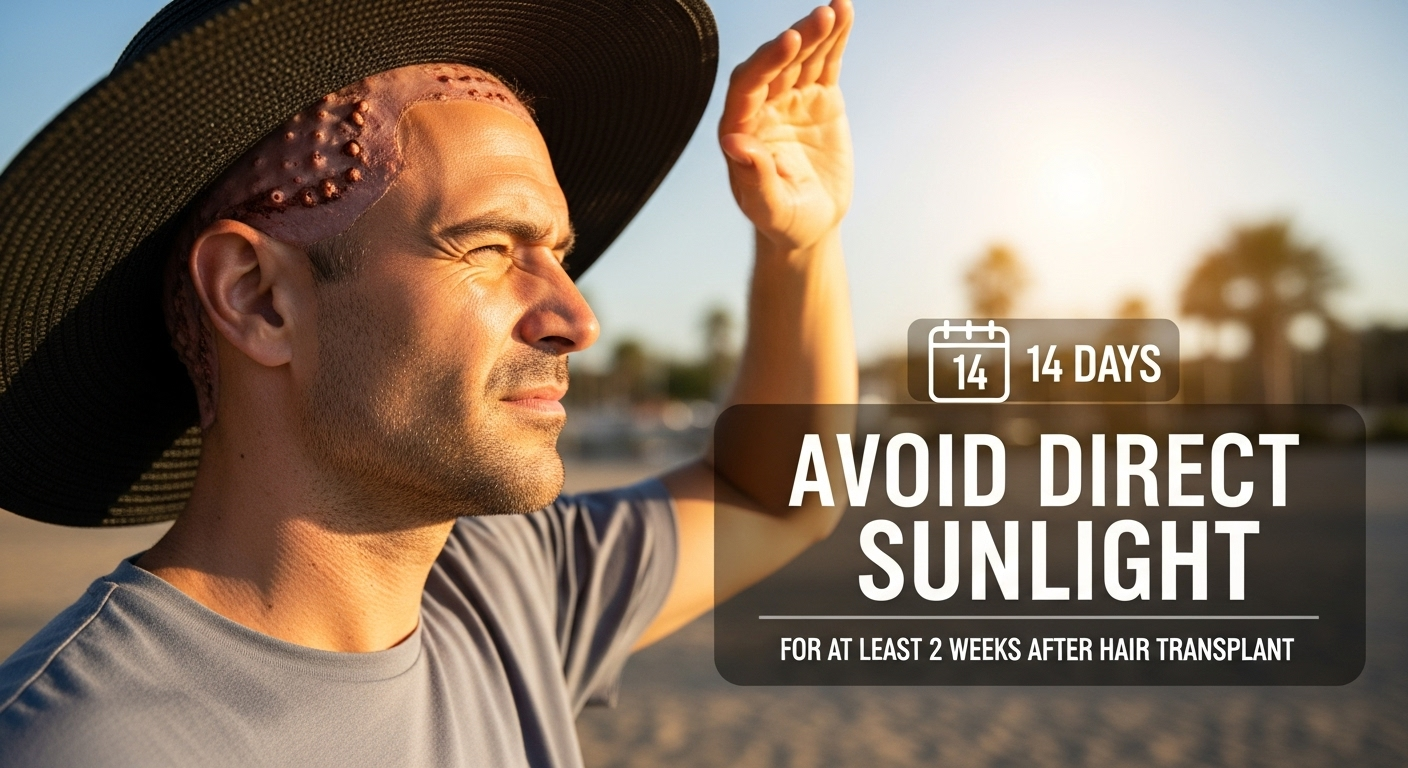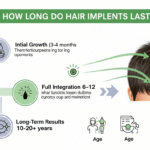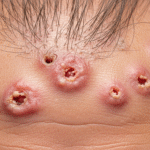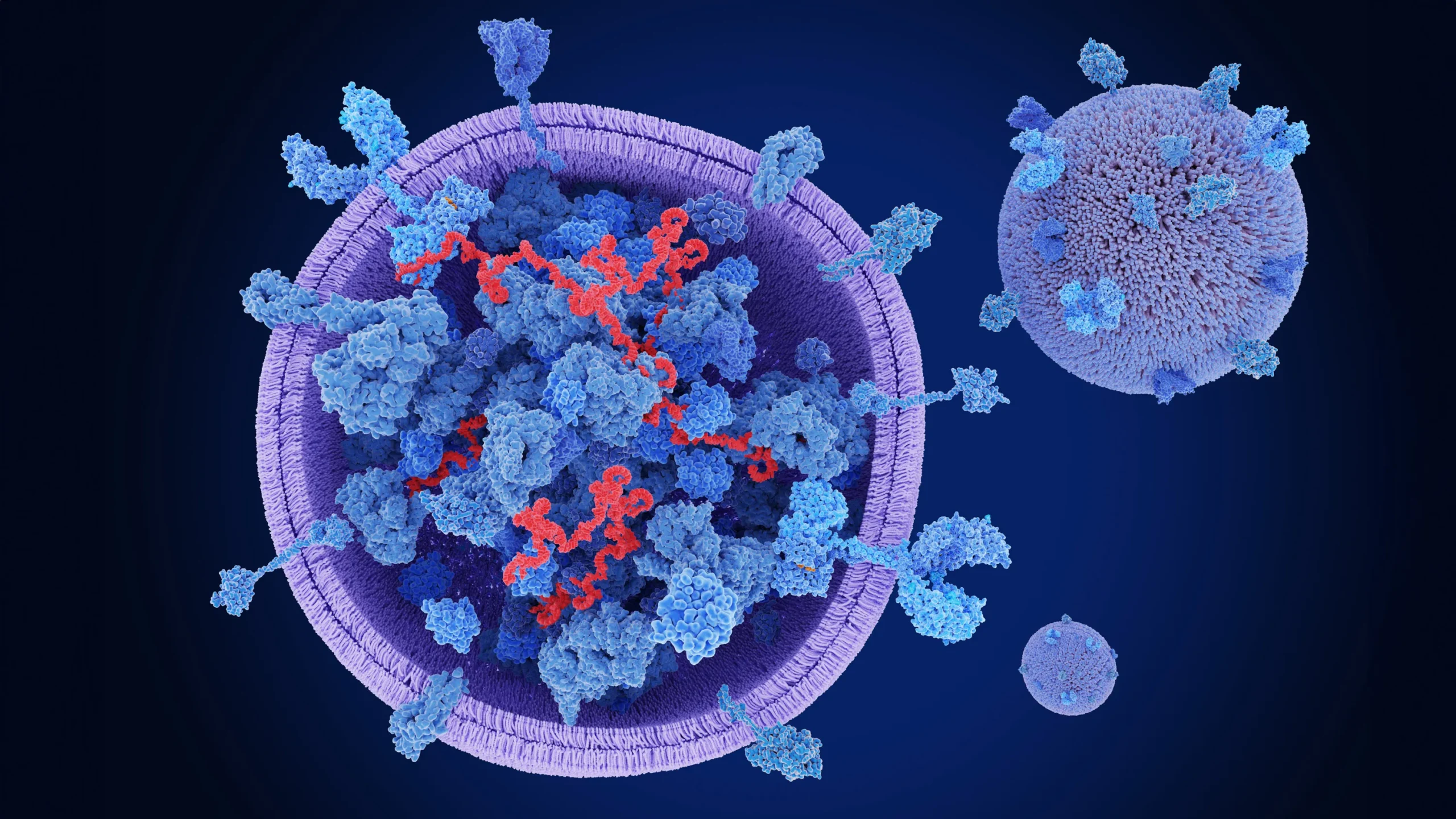After undergoing a hair transplant, one of the most common questions is, how long to avoid sun after hair transplant? Proper care during the initial recovery phase is critical to ensure the transplanted follicles take root and grow successfully. Exposure to the sun can harm the sensitive scalp and the newly transplanted hair, affecting healing …
After undergoing a hair transplant, one of the most common questions is, how long to avoid sun after hair transplant? Proper care during the initial recovery phase is critical to ensure the transplanted follicles take root and grow successfully.
Exposure to the sun can harm the sensitive scalp and the newly transplanted hair, affecting healing and long-term results. In this article, we will explore why it’s important to avoid sun exposure after a hair transplant, how long you should stay out of the sun, and the best methods to protect your scalp.
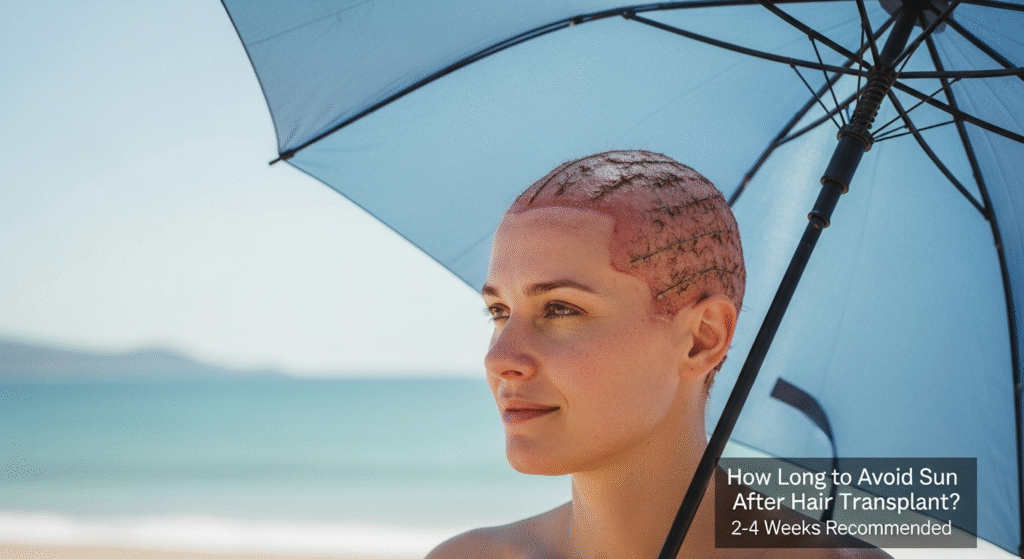
Why is Sun Exposure Risky After a Hair Transplant?
After a hair transplant, your scalp is vulnerable and requires special attention to ensure the success of the procedure. Here’s why sun exposure can be detrimental:
The Healing Process of Transplanted Hair Follicles
During the initial healing phase, the newly transplanted follicles are delicate and can be easily damaged by sunlight. Exposure to direct sunlight can cause irritation and swelling, which may hinder the healing process and affect the success of the transplant.
Sunburn and Scalp Sensitivity
Sunburn not only causes immediate pain but also increases the risk of scarring, which can damage the hair follicles. The skin on the scalp is more sensitive after the procedure, and even a slight sunburn can disrupt the healing process, leading to complications like delayed growth or patchy hair.
The Impact of UV Rays on Newly Transplanted Hair
Ultraviolet (UV) rays can cause oxidative stress to the transplanted follicles, leading to weakened growth or premature shedding. Since the newly transplanted hair is in a critical phase of settling, exposure to UV rays can hinder its long-term success.
How Long Should You Avoid the Sun After a Hair Transplant?
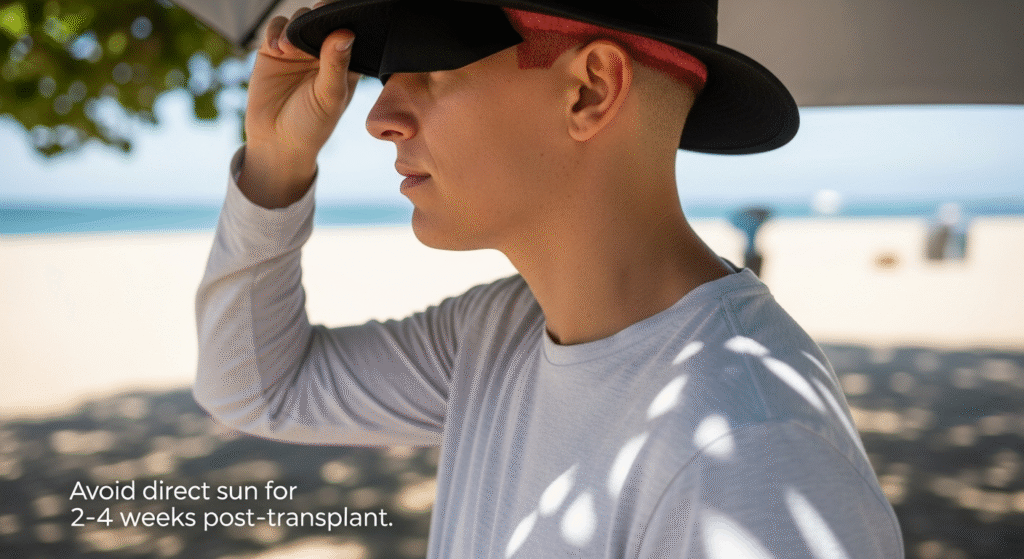
Knowing the right time to gradually reintroduce your scalp to the sun is crucial for the success of your transplant. The general timeline for sun exposure is as follows:
The Initial 2-4 Weeks: Critical Recovery Period
During the first two to four weeks after the procedure, it is essential to avoid any sun exposure, especially during peak hours (10 AM to 4 PM). The skin on your scalp is healing, and any direct sunlight can lead to severe consequences, including scarring and irritation. This phase is the most crucial for your hair follicles to establish themselves.
After the First Month: When You Can Gradually Reintroduce Sun Exposure
After the first month, your scalp will be less sensitive, but it’s still important to take precautions. You can gradually begin to reintroduce your scalp to sunlight but should use protection such as sunscreen or wear a hat to minimize exposure. This helps to avoid damaging your sensitive scalp.
Long-Term Protection: How to Safeguard Your Scalp Beyond the Initial Recovery Phase
Even after the initial recovery period, long-term protection from the sun is important for maintaining the health of your hair and scalp. You should continue using sunscreen, wearing hats, or seeking shade to protect the newly transplanted hair and your scalp from harmful UV rays.
Best Practices for Protecting Your Scalp from the Sun
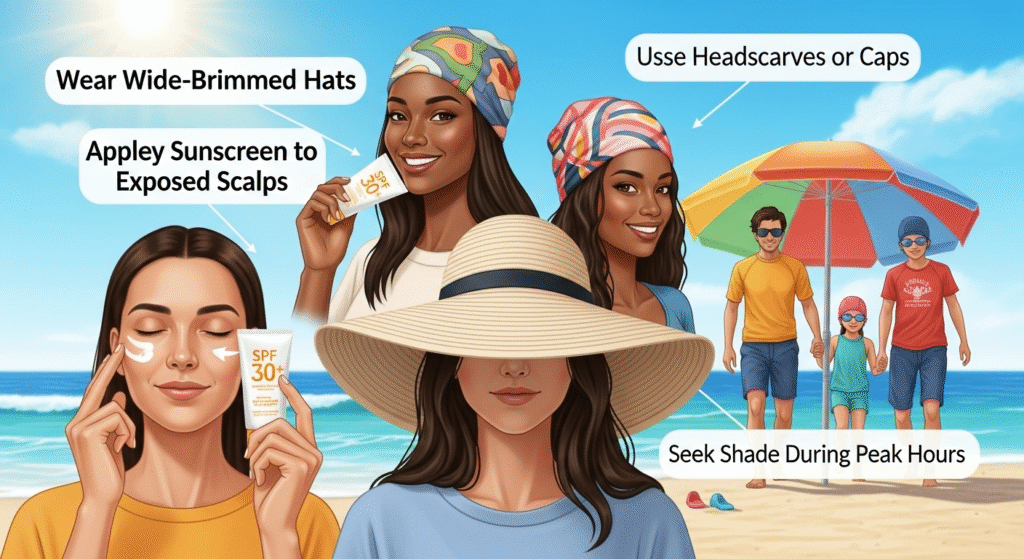
Taking proactive measures to protect your scalp from sun exposure is essential for ensuring the success of your hair transplant. Here are some best practices to follow:
Wearing a Hat or Scarf
One of the simplest and most effective ways to shield your scalp from the sun is by wearing a hat or scarf. Choose a breathable, lightweight hat that won’t irritate your scalp or cause excessive sweating. This can prevent sunburn while keeping your scalp protected from harmful UV rays.
Using SPF for Scalp Protection
Applying sunscreen with a high SPF (30 or higher) directly onto your scalp is another essential step to protect your transplanted hair. Choose a sunscreen formulated for sensitive skin and make sure to apply it generously to the scalp to avoid direct exposure to UV rays.
Avoiding Direct Sunlight in Peak Hours
UV rays are strongest between 10 AM and 4 PM, so it’s best to avoid direct sunlight during these hours. If you must be outside, stay in shaded areas or use hats and sunscreen to minimize the risk of scalp damage.
When Can You Resume Physical Activities and Exercise?
Exercise is a significant part of a healthy lifestyle, but after a hair transplant, it’s important to avoid certain activities during the recovery period.
First Few Weeks: Avoid Intense Workouts
During the first two to four weeks, you should refrain from intense physical activities, particularly those that cause excessive sweating. Sweat can irritate the newly transplanted hair follicles, increasing the risk of infection or premature shedding.
After the Initial Recovery Period: Gradual Return to Exercise
After the first month, you can begin to reintroduce light physical activities, but be cautious and avoid exercises that involve a lot of sweating or putting pressure on the scalp. A gradual return to exercise is ideal to ensure the hair follicles are not disturbed.
How Sweat Affects the Healing Process
Excessive sweating can irritate the scalp and hair follicles, potentially leading to infection. It’s essential to keep the scalp clean and dry during the initial recovery period to avoid any complications.
Expert Tips for Maintaining Hair Transplant Results
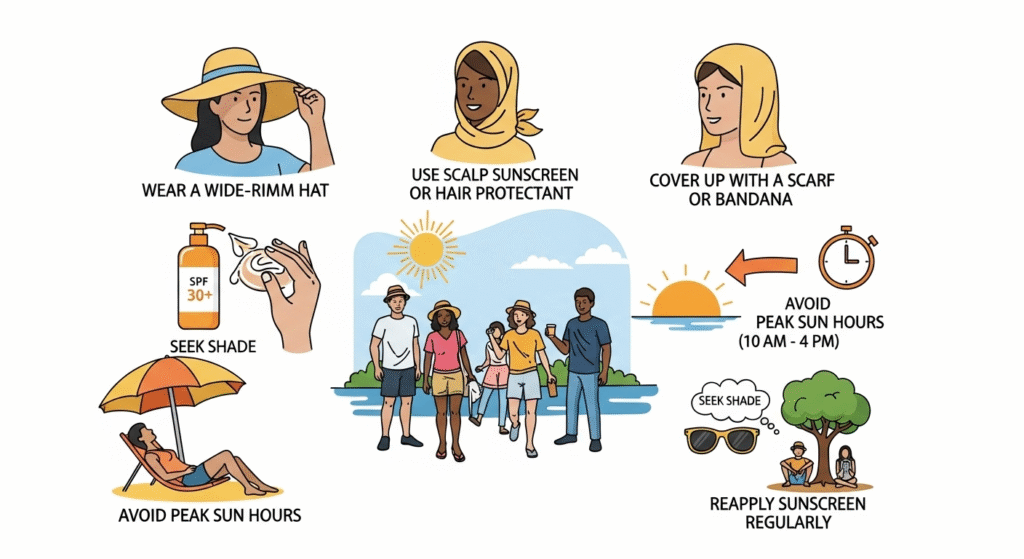
Maintaining the results of your hair transplant goes beyond avoiding the sun. Here are expert tips for ensuring long-term success:
Follow Up with Your Surgeon
Regular check-ups with your hair transplant specialist are vital. They can track the progress of your recovery, address any concerns you may have, and guide you on how to care for your new hair. Regular visits ensure that your transplanted hair grows smoothly without complications.
Maintaining a Healthy Diet
A well-balanced diet rich in nutrients like biotin, vitamin D, and omega-3 fatty acids will help promote healthy hair growth. Incorporating these nutrients into your daily diet can support the healing process and ensure that the transplanted hair thrives.
Consistent Hair Care Routine
Stick to the hair care routine recommended by your surgeon. Use mild, non-irritating shampoos and conditioners, avoid harsh chemicals, and follow the recommended post-op instructions to prevent damage.
FAQs
Can I Go Out in the Sun After 2 Weeks?
After two weeks, you can start reintroducing your scalp to the sun, but it’s still essential to wear sunscreen and protective headgear. Avoid direct exposure, especially during peak sun hours.
Can I Exercise After Hair Transplant Surgery?
It’s recommended to wait at least 3-4 weeks before returning to strenuous exercises. Light activities like walking can be resumed earlier, but avoid exercises that cause excessive sweating or involve pressure on the scalp.
Is It Necessary to Wear a Hat All the Time?
While it’s not necessary to wear a hat all the time, wearing one is strongly recommended, especially when you’re exposed to sunlight. It will provide extra protection for your newly transplanted follicles.
Will Sun Exposure Affect the Growth of My Transplanted Hair?
Yes, prolonged sun exposure can damage the scalp and hinder the growth of newly transplanted hair. Protecting your scalp from UV rays during the recovery period is crucial for long-term success.
Conclusion and Next Steps
Protecting your scalp from sun exposure is a vital part of ensuring the long-term success of your hair transplant. Follow post-surgery care instructions, wear hats or scarves, and use sunscreen to shield your transplanted follicles from the sun’s harmful rays.
Book a Consultation with Dr. Uzma Irfan, an ISHRS-certified surgeon and Hair Transplant Specialist Today
If you’re unsure about post-op care or have concerns about sun exposure, schedule a consultation with a specialist to get personalized guidance on the best care for your hair transplant.

